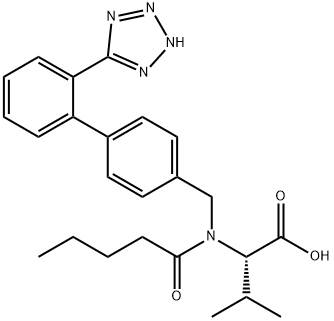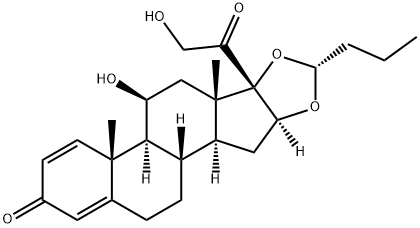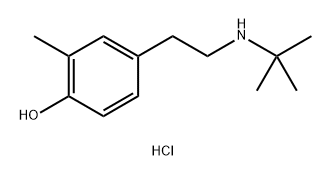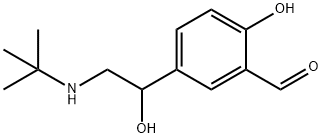Levalbuterolhydrochloride , >97% , 50293-90-8
Synonym(s):
(R)-salbutamol hydrochloride;Levalbuterol hydrochloride;Levosalbutamol hydrochloride
CAS NO.:50293-90-8
Empirical Formula: C13H22ClNO3
Molecular Weight: 275.772
MDL number: MFCD08067728
| Pack Size | Price | Stock | Quantity |
| 10mg | RMB792.00 | In Stock |
|
| 50mg | RMB2768.00 | In Stock |
|
| others | Enquire |
PRODUCT Properties
| Melting point: | 169-171°C |
| alpha | D20 -32.2° (c = 0.1 in water) |
| storage temp. | 2-8°C |
| solubility | H2O: ≥15mg/mL |
| form | powder |
| color | white to tan |
| optical activity | [α]/D -25 to -35°, c = 0.1 in H2O |
| Water Solubility | H2O: ≥15mg/mL |
Description and Uses
Salbutamol is an agonist of the β2-adrenergic receptor (β2-AR; Kd = 759 nM in a radioligand binding assay using CHO cells expressing the human receptor). It is selective for β2-ARs over β1- and β3-ARs (Kds = 46.8 and 21.9 μM, respectively). Salbutamol (25-50 μg/kg, i.v.) reduces acetylcholine-induced bronchospasm in anesthetized guinea pigs. It also reduces response of bronchial muscle to efferent vagal stimulation in anesthetized cats and dogs when administered at doses ranging from 1 to 2.5 and 10 to 20 μg/kg, respectively. Nebulized salbutamol reduces transpulmonary pressure in recurrent airway obstruction-affected horses (EC50 = 39.7 μg). Formulations containing salbutamol have been used in the treatment of asthma and chronic obstructive pulmonary disease (COPD).
The R-enantiomer
Safety
| Symbol(GHS) |   GHS05,GHS07 |
| Signal word | Danger |
| Hazard statements | H302-H315-H318-H335 |
| Precautionary statements | P261-P264-P280-P301+P312-P302+P352-P305+P351+P338 |
| Hazard Codes | Xn |
| Risk Statements | 22-37/38-41 |
| Safety Statements | 26-39 |
| WGK Germany | 3 |
| HS Code | 2922504500 |






